Questa visita vi porterà ad ammirare l'eccezionale stratificazione di memorie storiche e artistiche che rispecchiano la vita e lo sviluppo dell’antica Roma.
Il Carcere Mamertino, la prigione di massima sicurezza dove venivano imprigionati i nemici di Roma.
Il Colosseo, il luogo che ha visto i giochi cruenti della Roma Imperiale.
Il Foro Romano, fulcro sociale, commerciale e religioso dell’antica Roma sin dai primi secoli della sua storia
Il Palatino, il luogo dove nacque questa città intorno alla metà dell’ VIII secolo a.C. e successivamente sede dei palazzi che hanno ospitato i grandi imperatori di Roma
Per ascoltare l'audioguida sarà necessario scaricare la nostra App Vatican&Rome da AppStore o PlayStore
NOTA BENE:
Ricordiamo che per ascoltare l'audioguida sarà necessario scaricare la nostra App Vatican&Rome da AppStore o PlayStore
Luogo di scambio ed emissione del biglietto
Informazioni importanti
*LA RIDUZIONE TRA i 18 e i 25 anni COMPIUTI (termina il giorno successivo al compimento del venticinquesimo anno di età) ed è prevista:
Se desideri effettuare una visita guidata clicca qui
Indirizzo e Orari di apertura
Carcere Mamertino - Clivo Argentario
Come arrivare
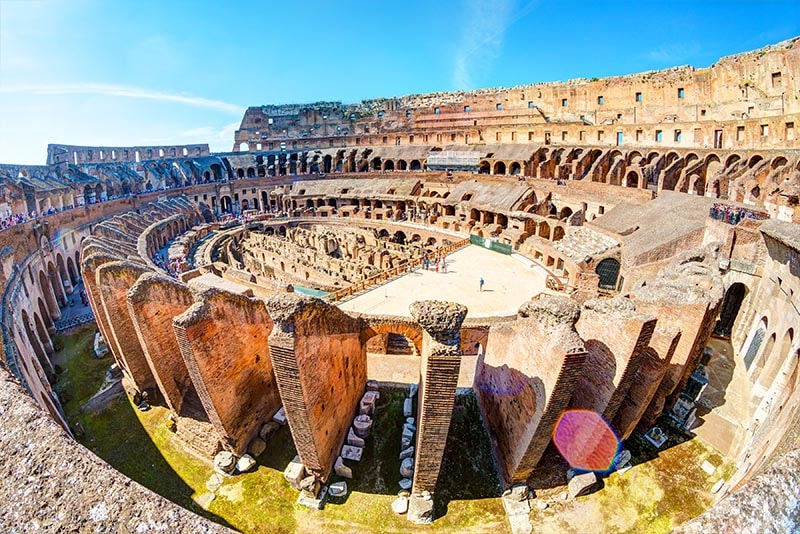
The Colosseum is perhaps the most recognised monument in the world, the symbol of Rome through the ages. It was built in just 8 years, between 72 and 80 AD, by the Flavian emperors, first Vespasian and then his sons Titus and Domitian with a rapidity that bears witness to the high levels of Roman engineering. 100 days of games and feasting were organised for its opening during which over 5000 wild animals were slaughtered. In ancient times it must have been absolutely stunning, bright white, because covered in travertine, a local white marble, and statues. Colosseum was open with free entrance for its 70,000 spectators. The lower ring, the closest to the arena, was reserved for the most important spectators: the senators, the magistrates, the priests and the vestals. Further up sat the members of the various equestrian orders, then the merchants and public guests. Further up still the common people, while women were in the furthest sector.
There were essentially two types of shows: fights between gladiators and hunts with wild animals.
Everything took place on the arena, a huge wooden stage covered in sand 75 metres in length and 44 in width. Beneath the arena there were two underground levels with rooms, corridors, cages and special hoist platforms that quickly brought animals and gladiators to the arena, creating moments of unique suspense.
Colosseum was also the stage for death sentences carried out by ferocius animals, which turned this site into the symbol of the martyrdom of so many Christians during the persecutions of the two subsequent centuries.
hide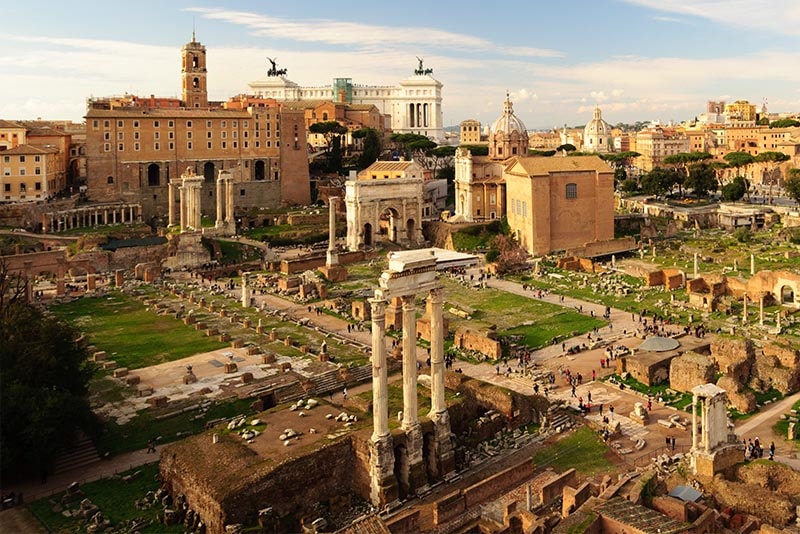
For many centuries, from its birth to its downfall, the heart of Rome had been the Forum.
Developed at the feet of Capitoline Hill, it had originally been an unhealthy marshy area. In the 6th century BC the valley was redeveloped with the construction of the Cloaca Maxima, the first sewage system in history. The area soon became the social, political and religious centre of Rome between the period of the kings and throughout the Republic and the Empire.
Palaces of power such as the Senate were built there, as well as Basilicas, meeting places, market places, courts, several temples dedicated to the gods of Rome and monumental arches in remembrance of the feats of great Emperors like Titus and Septimius Severus. The final tract of the Sacred Road that led the triumphant generals to the temple of Jupiter on Capitoline Hill ran through Forum.
After the collapse of the Empire and the barbarian invasions, Rome underwent a slow but inexorable process of decay. Forum was abandoned and stripped of most of its marbles, the overflowing river contributed to the slow covering of the area raising the level of the valley. From the early 17th century some of the temples were turned into churches, which contributed to their preservation, houses were built and the extensive free areas were turned into cattle markets, so that even today some Romans call this area “Campo Vaccino”, cow milk fields.
hide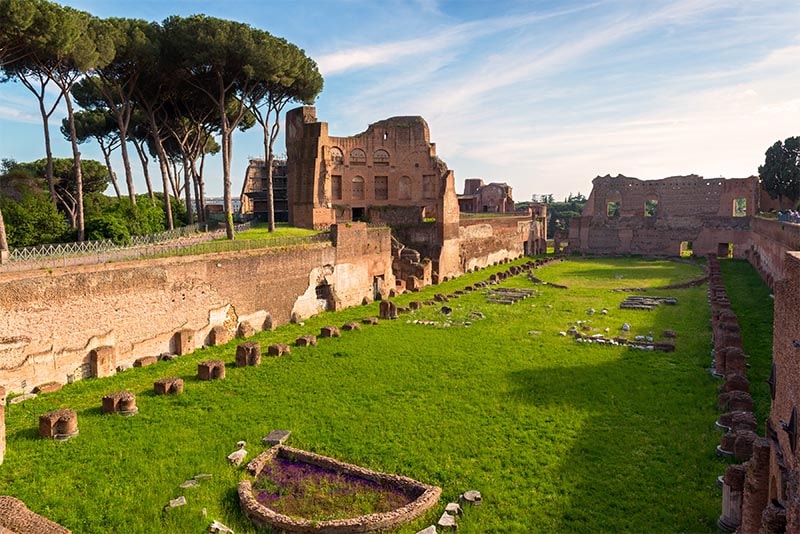
The Palatine is the best-known of the seven hills surrounding the valley of Roman Forum. This is where, according to tradition, Romulus founded Rome in 754 BC. Ancient shepherds’ huts found in a corner of the hill bear witness to the reality of this early Rome.
Palatine Hill has always been a privileged site for its particular position and proximity to the Forum. During the Republic eminent figures such as Cicero and the Triumvir Mark Antony lived there.
But it was with the first Emperor Octavius Augustus that the hill became the Imperial seat. And his successors, Tiberius, Caligula and Nero continued in his footsteps. After the fire of 64 AD, a good part of the Palatine, along with the area of the surrounding hills, was occupied by Nero’s sumptuous palace, the Domus Aurea.
But it was after the death of Nero, with the third emperor of the Flavian dynasty Domitian, that the Palatine Hill underwent an authentic urban transformation. Domitian built the elegantly grandiose palace known as the Domus Augustana, which still today represents an important part of the hill. To it he added an hippodrome and the thermal baths, which were further expanded by Septimius Severus, who also enriched the palace towards the area of Circus Maximus.
Palatine Hill was inhabited throughout the Imperial period and after the fall of the Roman Empire in the 5th century AD, as the earliest barbarian kings made it their home. During the Middle Ages a part of the hill was occupied by monasteries and by several aristocratic Roman families. During the Renaissance Cardinal Alessandro Farnese, nephew of Pope Paul III, transformed Palatine into a vast park for walks and meditation. Such a great number of trees and plants were grown there that the hill became the first botanical gardens of Renaissance Rome. Still today Palatine Hill is one of the greatest archaeological excavation sites in Italy and continuously returns materials that help us reconstruct more and more effectively the details of life in Republican and Imperial Rome.
hide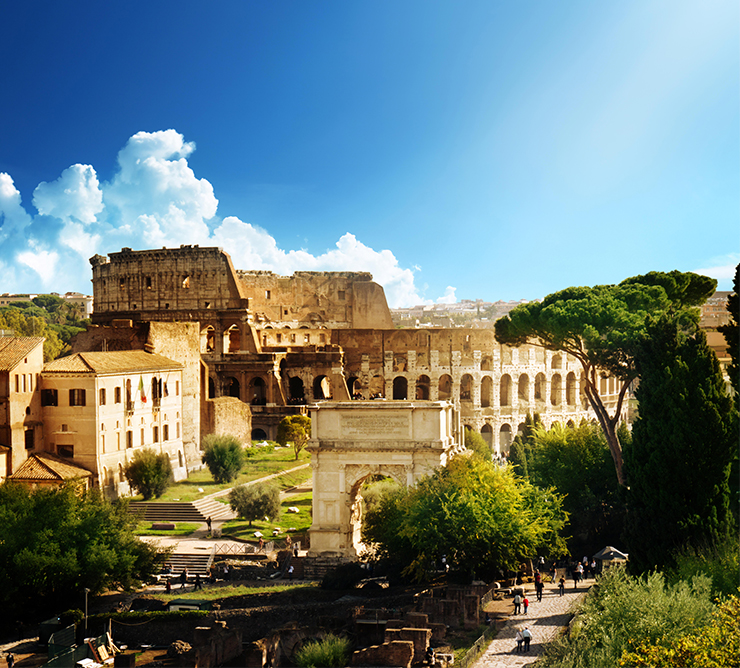
This guided tour will take you to admire the exceptional stratification of historical and artistic memories that reflect the life and development of ancient Rome.
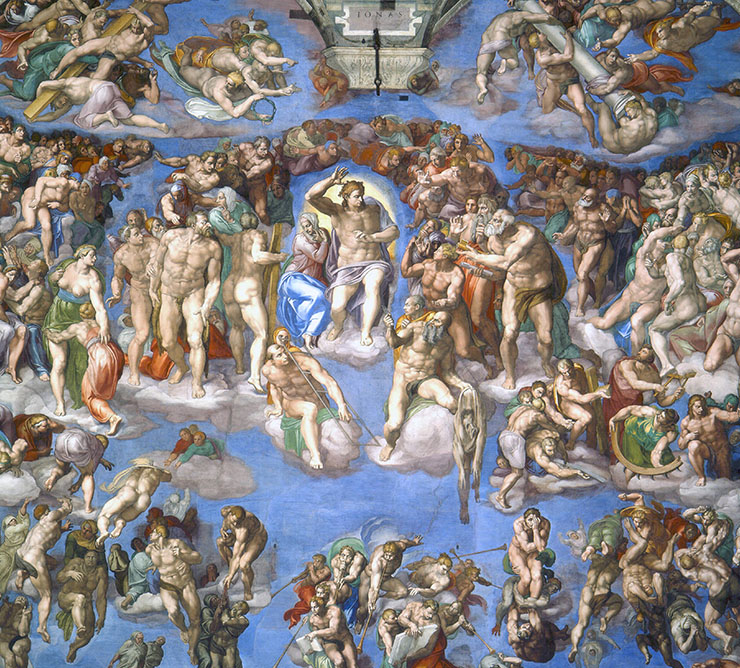
Entrance into one of the world’s greatest museums.
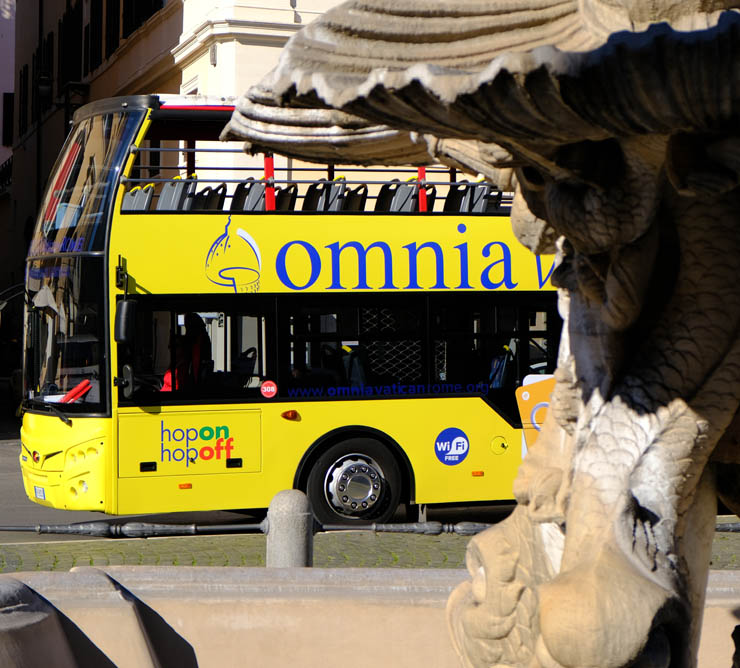
Discover the Eternal City aboard our unmistakable yellow Vatican&Rome Open Bus and explore new routes using the fleet of our partner City Sightseeing Roma.
Rome is an open-air museum. Comfortably seated and with a multilingual audio guide system, you can look at the Eternal City from another point of view.
An experience loved by young and old.